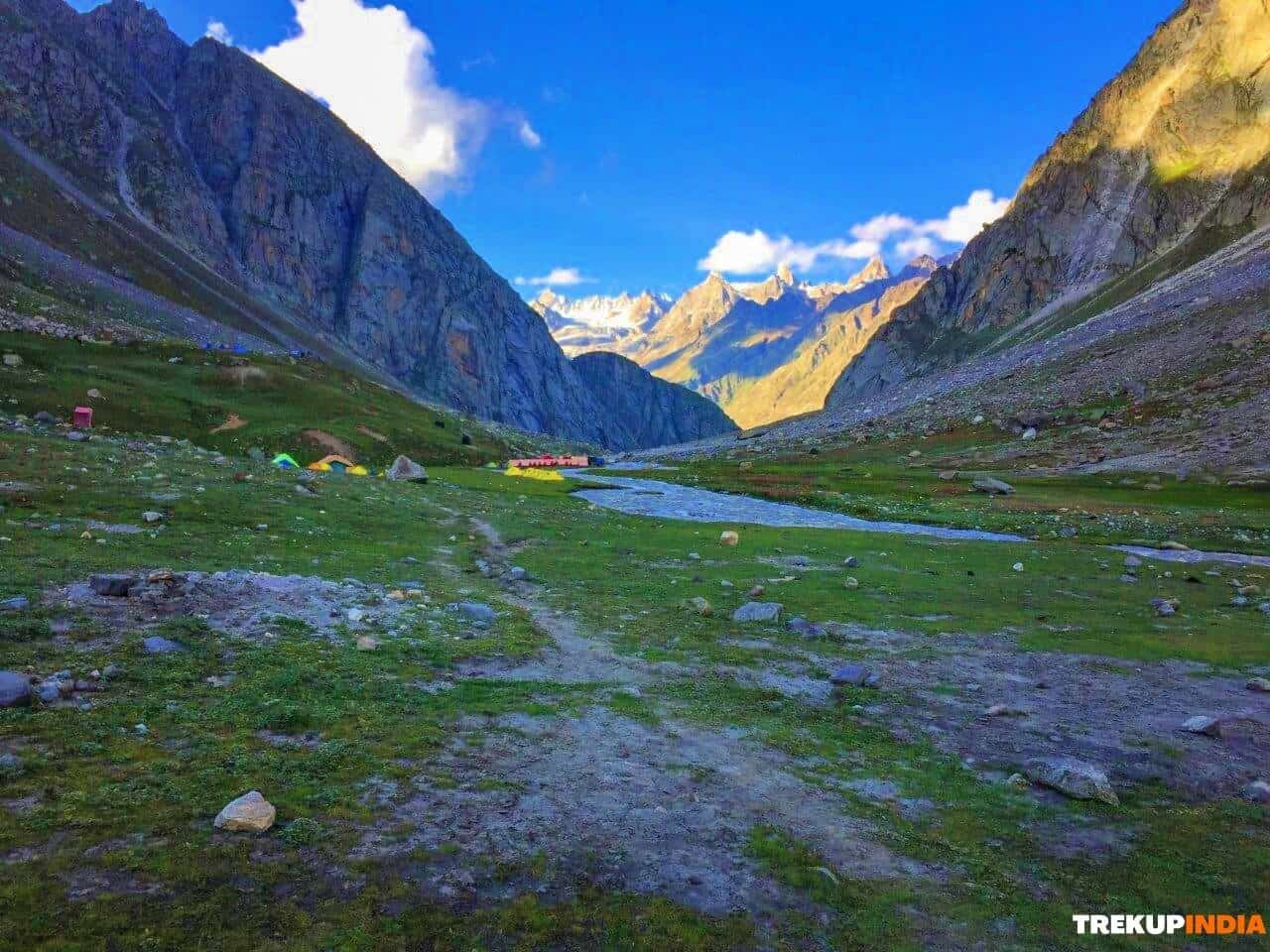The Tavli Trek
The Tavli Trek
The Tavli trek at 2594 ft is a famous team of 3 pinnacles noticeable from Kakuli Lake or Badlapur terminal and is just one of the northernmost comes to a head in the Matheran mountain ranges. The level top near the pinnacles is called Tavli. It is linked to Badlaput, an additional shelter, through a saddle connected to one more top of Badlapur hill via a harness at a height of 600 meters. The usual trekking route to Tavli starts from Badlapur station. Most of the paths from Badlapur to Tavli have many ridges, streams, small hillocks, and thick forests, making this trek challenging and exciting. Throughout the dry period, water is readily available on top of the hill. In the monsoon, locating a route is difficult, especially in the mosquito-infested forest. The rock spots end up being unsafe, and you should be careful.
Short Itinerary Tavli Trek
- Tavli at 2594 ft is a prominent team of 3 peaks noticeable from Kakuli Lake or Badlapur terminal.
- Its distance from the city makes it easy to access, yet it remains as mysterious as ever.
- It is just one of the northernmost optimals of the Matheran range of mountains. It is additionally attached to the Badlapur top through a saddle at 600 mts.
- The typical trekking route to Tavli begins from Badlapur station. Most routes from Badlapur to Tavli have several ridges, streams, small hillocks, and thick forests, making this trek challenging and exciting.
- Wild banana tree spreads are abundant on both sides when passing a ridge and reaching the Badlapur terminal. The trek starts at Badlapur terminal. You can take an automobile or stroll down the Panvel highway, around forty-five minutes from Badlapur station.
Want To Trek Like Pro?
Check out the following videos if you want to trek like a pro trekker and improve your skills. These videos contain helpful tips, tricks, and techniques to help you trek like a pro. Whether you’re a beginner or an experienced trekker, these videos can provide valuable insights to enhance your trekking experience. So, watch the videos below by Trekup India experts to take your trekking skills to the next level.







Know Everything About Acute Mountain Sickness
Acute Mountain Sickness is a medical condition that can occur when individuals travel to high altitudes, typically above 8,000 feet. It is caused by the decrease in air pressure and oxygen levels in the air as altitude increases. Symptoms of Acute Mountain Sickness may include headache, nausea, vomiting, dizziness, and difficulty sleeping. To avoid Acute Mountain Sickness, it is important to gradually adjust to high altitudes and seek medical attention if symptoms worsen. To learn more about this condition, check out the videos by Trekup India.









